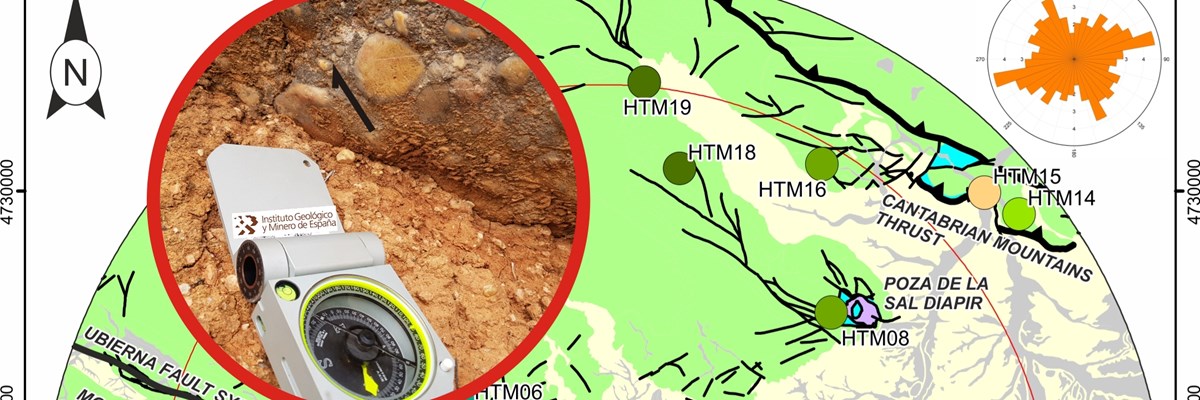An active tectonic field for CO2 storage management: the Hontomín onshore case study (Spain)

New open access publication available online - WP7
When a suitable storage site is selected, CO2 is securely trapped underground for thousands or even millions of years. One of the key topics of CO2 geological storage to ensure such suitability is the ability to predict possible triggering of induced seismicity and fault reactivation. Hence, a comprehensive analysis of the tectonic parameters involved in the storage formation is mandatory for safety management operations. In other words: it is necessary to identify those fault sets which can be reactivated by changing the stress conditions, define the role of active fault sets affecting the reservoirs, and model the changing rock conditions in order to prevent induced seismicity.
One of the best pilot plants to study and design the role of active tectonics and faults involved in fluid injection is located in Hontomin (Burgos, Spain). In this work, one of the tasks developed within the European project ENOS, the Geological Survey of Spain (IGME) proposes using the analysis of geological brittle on fault planes to estimate the “near-field” tectonic strain field evolution and the role of fault sets affecting the caprock. In this way, a new methodology is introduced and defined and could be applied in any other onshore storage, with low cost and excellent results.
As a main conclusion, the authors have highlighted those fault sets that could be reactivated by the active tectonic stress, fault sets acting as low-permeability leakage, and the potential maximum earthquake triggering related to underground fluid injection. All this information would be crucial for designing an effective strategy for storage operations.


